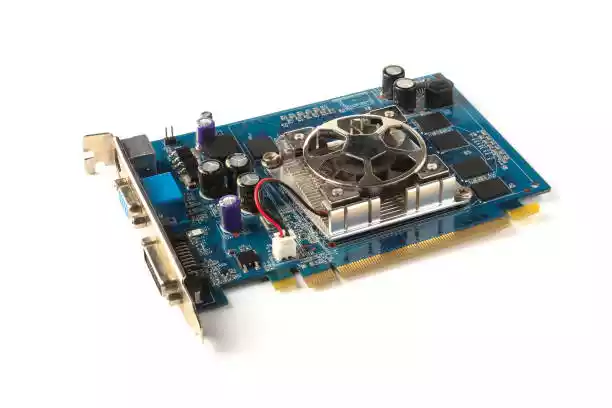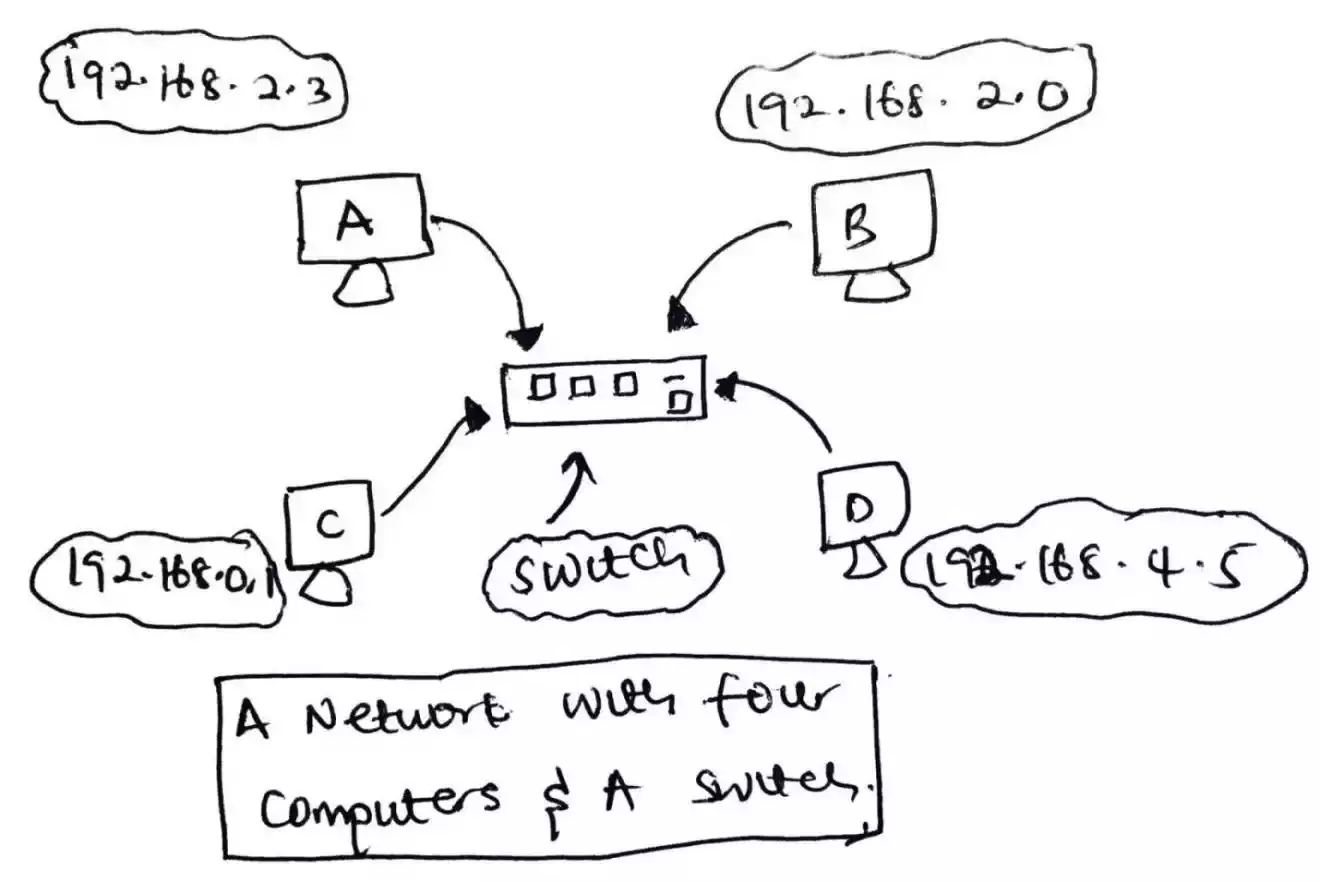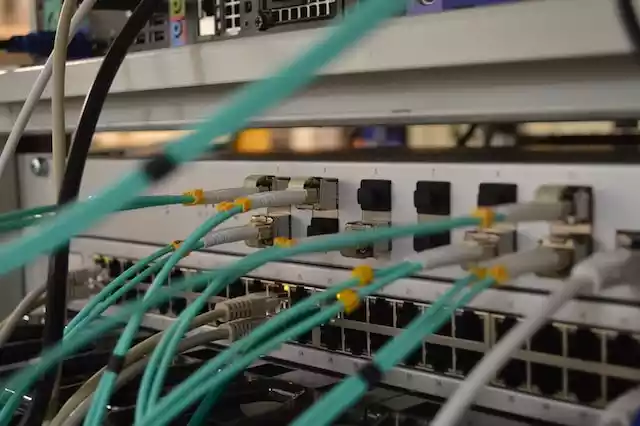Similarities between Wired and Wireless Networks
In the present interconnected world, both wired and wireless networks play a vital role in facilitating communication and data transfer. While these two types of networks have their differences, they also share some significant similarities.
In this article, we will explore the common ground between wired and wireless networks and highlight their key similarities.
Before delving into the similarities, let’s first define what wired and wireless networks are.
What Are Wired and Wireless Networks?
A wired network refers to a connection that utilizes physical cables to transmit data, while a wireless network relies on radio waves or infrared signals to transmit information without the need for physical connections.
Comparison of Wired and Wireless Networks
Before exploring the similarities, it’s important to understand the broader context by briefly comparing wired and wireless networks. This will provide a foundation for recognizing the similarities they share.
Speed and Bandwidth
In terms of speed and bandwidth, wired networks generally have the advantage. They offer faster data transfer rates and higher bandwidth capacities compared to wireless networks. This is primarily due to the direct physical connection between devices, which enables a more stable and efficient transmission of data.
Reliability
Wired networks are known for their reliability. Since they use physical cables, they are less prone to interference and signal loss. Wireless networks, on the other hand, may experience disruptions due to environmental factors such as walls, electromagnetic interference, or distance limitations.
Security
Wired networks are considered more secure than wireless networks due to their physical nature. With wired connections, the data transmitted is confined to the cable, making it difficult for unauthorized individuals to intercept the information. Wireless networks, however, are susceptible to eavesdropping and unauthorized access if not properly secured.
Cost
When it comes to cost, wired networks generally require more infrastructure and equipment, such as cables and connectors. Wireless networks, while often requiring less physical infrastructure, may require additional costs for wireless access points and security measures.
Read more on: Difference Between Wired and Wireless Networks With Examples
Similarities between Wired and Wireless Networks
Now that we have explored the differences, let’s focus on the similarities that wired and wireless networks share.
1. Network Infrastructure
Both wired and wireless networks rely on similar network infrastructure components. They both require routers, switches, and modems to establish network connections and facilitate data transfer.
The fundamental architecture of networks, including the use of IP addresses and network protocols, remains the same irrespective of whether it is a wired or wireless network.
2. Data Transmission
Both wired and wireless networks use the same underlying principles for data transmission. They rely on packet-switching techniques, where data is divided into smaller packets for efficient transmission across the network.
Regardless of the network type, these packets are encapsulated with headers containing necessary information such as source and destination addresses.
3. Protocols and Standards
Another similarity between wired and wireless networks is the use of common protocols and standards.
TCP/IP (Transmission Control Protocol/Internet Protocol) is the backbone of modern networks and is utilized by both wired and wireless networks to ensure effective communication.
In addition, Ethernet is a widely used protocol that facilitates data transmission in both wired and wireless networks.
4. Network Components
Wired and wireless networks share common network components. These include network interface cards (NICs) in devices, which enable connectivity to the network, and network cables for wired connections.
In addition, both types of networks utilize routers and switches to manage network traffic and facilitate communication between devices.
Conclusion
In conclusion, while wired and wireless networks differ in various aspects, they also share important similarities.
Both rely on similar network infrastructure, utilize packet-switching for data transmission, follow common protocols and standards, and make use of similar network components.
Understanding these similarities can help in comprehending the underlying principles of networking and appreciating the evolution of communication technologies.
FAQs
- Can wired and wireless networks be used together? Yes, it is possible to combine wired and wireless networks within the same infrastructure. This approach allows flexibility and enables devices to connect either through wired or wireless connections based on their requirements.
- Which type of network is better for gaming? Wired networks are generally preferred for gaming due to their lower latency and higher stability, which can result in a smoother gaming experience. However, modern wireless technologies, such as Wi-Fi 6, have made significant improvements in reducing latency and increasing bandwidth, making them a viable option for gaming as well.
- Is it possible to convert a wired network into a wireless one? Yes, it is possible to convert a wired network into a wireless one by introducing wireless access points and configuring them to connect to the existing wired network infrastructure. This allows devices to connect wirelessly while still utilizing the existing wired network.
- Are wired networks more secure than wireless networks? Wired networks are generally considered more secure than wireless networks due to the physical connection and limited accessibility. However, wireless networks can be made secure through the implementation of encryption, strong passwords, and other security measures.
- What are the future trends in wired and wireless networking? Future trends in wired and wireless networking include the adoption of higher-speed technologies such as fiber optic cables and Wi-Fi 6E, the increased use of software-defined networking (SDN) for network management, and the integration of network automation and artificial intelligence to enhance efficiency and security.




